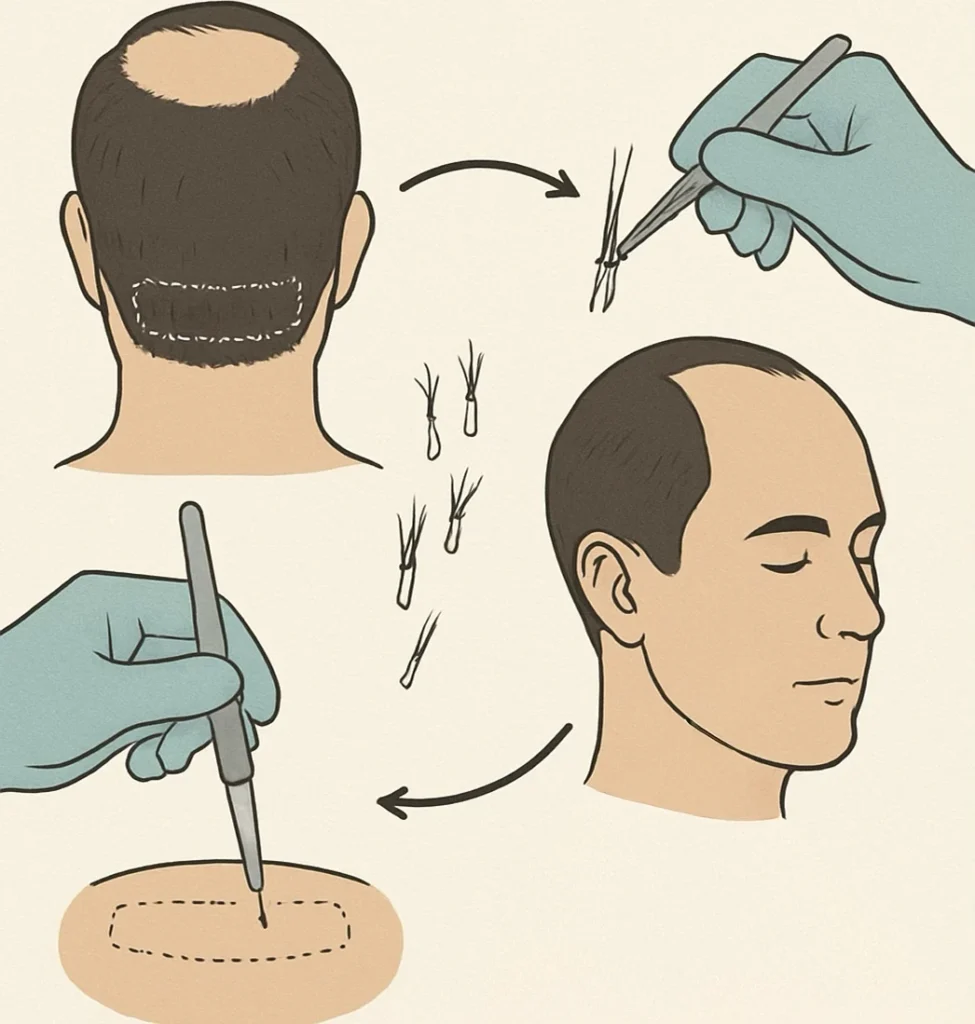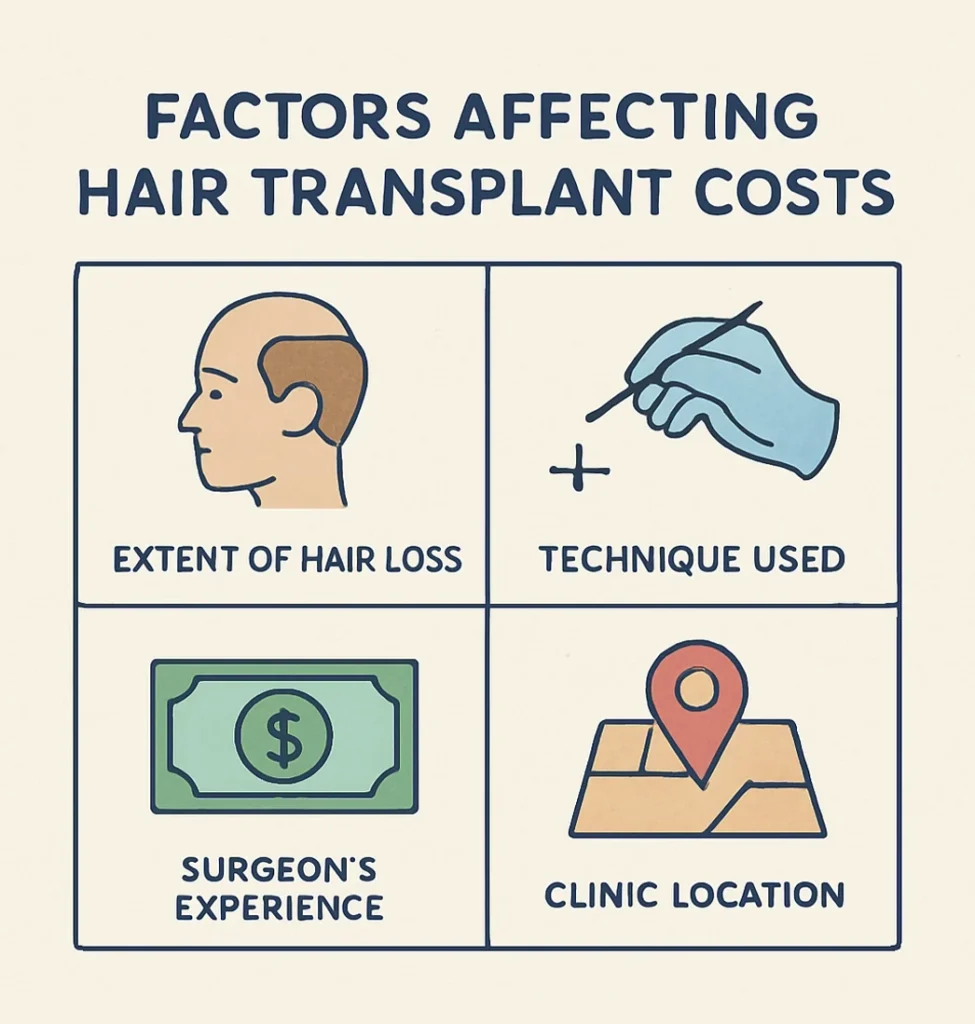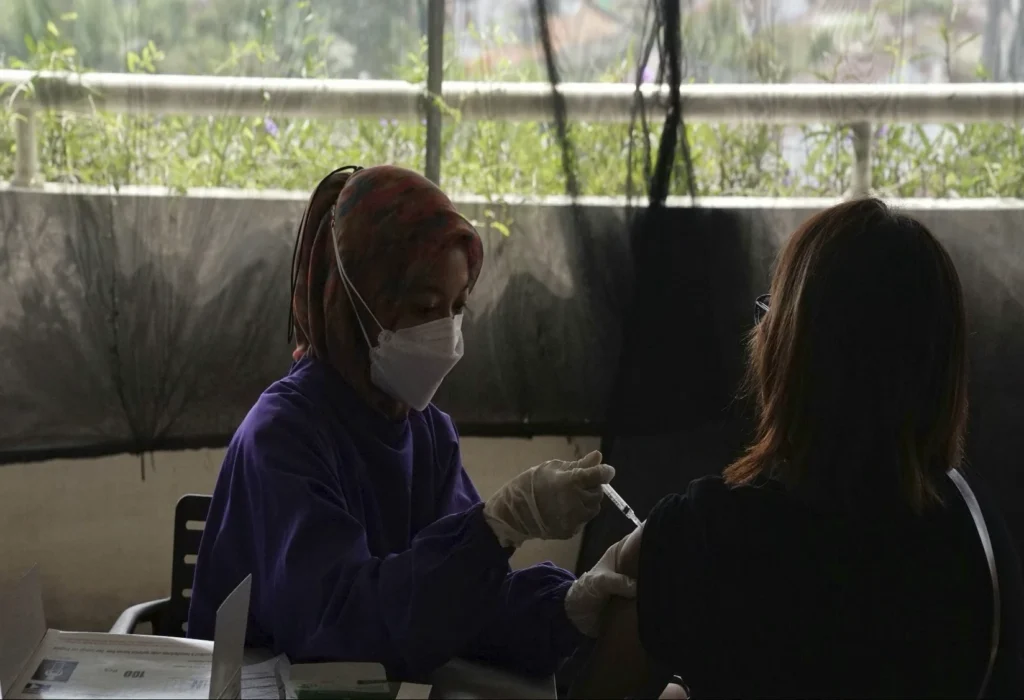Understanding Hair Transplant Costs: A Guide
Hair loss can be a distressing experience for many. A hair transplant offers a promising solution. But understanding the costs involved is crucial. Hair transplant costs can vary widely. Factors like location, technique, and surgeon expertise play a role. This guide will help you navigate these variables. We’ll explore what influences hair surgery costs. You’ll learn about different techniques and their impact on pricing. Understanding these elements can help you make informed decisions. It’s not just about the initial expense but the long-term value. Whether you’re considering a procedure or just curious, this guide will provide valuable insights. Let’s dive into the world of hair transplant expenses.
What Is a Hair Transplant?
A hair transplant is a surgical procedure aimed at restoring hair. It involves moving hair follicles from one part of the body to the scalp. This is often used to treat baldness and improve hair density.
The procedure is typically done in a clinical setting. Surgeons use fine tools to ensure precision and minimize scarring. Patients are usually awake but under local anesthesia during the process.
Key aspects of a hair transplant include:
- Removal of hair follicles from the donor area
- Implantation of follicles into the target area
- Techniques like FUE (Follicular Unit Extraction) or FUT (Follicular Unit Transplantation)

Understanding these basic elements helps in grasping what influences costs and results.
Key Factors Influencing Hair Transplant Cost
Several factors significantly affect the cost of a hair transplant. Understanding these can help manage expectations and plan better.
The surgeon’s expertise and clinic reputation play crucial roles. Skilled surgeons often charge more due to their experience and success rates.
Geographic location can also impact pricing. Clinics in urban areas generally have higher costs compared to rural counterparts.
The technique chosen—FUE or FUT—alters the expense. FUE tends to be pricier because of its precision and time-intensive nature.
Other influential factors include:
- Number of grafts needed
- Complexity of the procedure
- Clinic facilities and equipment quality

Finally, it’s crucial to consider additional fees. These might include pre-surgery consultations, post-surgery medications, and follow-up appointments. Taking these factors into account helps in building a comprehensive budget for hair restoration.
Hair Transplant Techniques: FUE vs. FUT
Choosing between FUE (Follicular Unit Extraction) and FUT (Follicular Unit Transplantation) can significantly impact the cost. Each technique offers unique advantages and challenges that potential patients should evaluate.
FUE involves extracting individual hair follicles. This meticulous process typically results in higher costs due to its precision and the time required.
In contrast, FUT involves removing a strip of scalp from the back of the head and dissecting it into individual grafts. This method is generally faster and may be less expensive.
When deciding, consider these factors:
- Time commitment and recovery period
- Visibility of scars
- Precision and natural appearance
- Cost differences

FUE might appeal to those seeking minimal scarring and a more natural look. However, FUT may be suitable for those prioritizing cost over aesthetics. Understanding these nuances helps in making an informed choice aligning with personal goals and budget.
Average Hair Transplant Cost in the U.S. and Worldwide
Hair transplant costs vary significantly between countries. In the United States, prices range between $4,000 and $15,000. This range depends on factors like location, clinic reputation, and the complexity of the procedure. Urban centers often have higher prices due to increased demand and overhead costs.
Internationally, destinations like Turkey and India offer lower prices without compromising quality. Many clinics abroad provide package deals, including travel and accommodation, making them attractive options for cost-conscious patients.
Globally, the cost per graft ranges from $2 to $10. Patients should research and verify clinic credentials when considering international options to ensure quality and safety.
Considerations for choosing a location:
- Cost of living in the area
- Clinic’s accreditation
- Surgeon expertise
- Additional travel expenses

Choosing between domestic or international clinics depends on individual priorities, such as cost savings versus travel convenience. The right choice balances affordability with quality care, leading to satisfactory and long-lasting results.
Cost Breakdown: What’s Included in Hair Surgery Expenses?
Understanding the components of hair surgery cost helps in making informed decisions. Various elements contribute to the final bill.
Firstly, the surgeon’s fee is a significant portion. Experienced surgeons may charge more due to their expertise and success rate. The clinic’s reputation also influences this fee.
Secondly, the cost of the procedure involves the technique used, such as FUE or FUT. These techniques differ in complexity and time requirements, affecting the total expense.
Other factors include pre-operative consultations and post-operative care, which are crucial for successful outcomes. Medications prescribed after surgery also add to the costs.
Key inclusions in hair surgery expenses:
- Surgeon and staff fees
- Procedure technique (FUE/FUT)
- Pre- and post-operative care
- Medications
- Follow-up appointments
Considering these aspects ensures transparency and helps in budgeting adequately for the procedure. Understanding these factors also aids in avoiding any unexpected financial surprises during the hair transplant journey.
Additional Expenses to Consider
Beyond the basic surgery costs, other expenses might arise during the hair transplant process. It’s vital to plan for these to avoid being caught off guard.
First, travel costs can add up, especially if the chosen clinic is far away. This might include flights, accommodation, and local transportation if you’re traveling to a different city or country.
Secondly, consider maintenance costs that come after the surgery. This includes special shampoos and products that aid recovery and promote healthy hair growth.
List of potential additional expenses:
- Travel and accommodation
- Maintenance products
- Lost wages during recovery
- Additional consultations
Awareness of these potential costs helps manage your budget efficiently and ensures you’re financially prepared for the complete journey of restoring your hair.
Financing Options and Insurance Coverage
Understanding financing can ease the strain of hair transplant expenses. Many clinics offer payment plans to make the surgery more accessible. These plans split the total cost into manageable monthly payments.
Insurance typically doesn’t cover hair surgery costs since it’s considered a cosmetic procedure. Therefore, patients need to explore other financing avenues.
Here are some possible financing options:
- Clinic payment plans
- Medical loans
- Credit card payments
- Personal savings
Being informed about these options can help you plan effectively. Consider discussing financing possibilities with your chosen clinic to find the most suitable option for your situation.
How to Choose a Clinic and Surgeon
Choosing the right clinic and surgeon is key to a successful hair transplant. Start by researching clinics with a strong reputation and positive patient reviews. This ensures quality service and a satisfactory outcome.
Consider the surgeon’s expertise and experience when evaluating potential options. A seasoned surgeon is likely to deliver better results. Schedule consultations to discuss your expectations and evaluate the clinic’s facilities.
Here are some aspects to research:
- Surgeon qualifications and experience
- Clinic accreditation and certifications
- Patient testimonials and reviews

Don’t rush the decision; take time to compare clinics. The right choice can significantly impact the success and value of your investment.
International Hair Transplant Destinations: Pros and Cons
Many people are looking abroad for hair transplants due to costs. Countries like Turkey and India offer competitively priced procedures. The lower hair surgery cost doesn’t necessarily mean lower quality.
However, international procedures come with unique challenges. Language barriers and long flights can complicate the experience. It’s important to weigh these aspects before deciding to travel.
Consider these pros and cons:
- Pros: Lower costs, package deals
- Cons: Travel expenses, communication issues

Always research clinics thoroughly if considering an international procedure. Look for reputable clinics with positive reviews and experienced surgeons to ensure safety and quality.
Tips for Managing Hair Transplant Expenses
Managing hair transplant expenses can seem overwhelming, but it’s doable with the right approach. Start by getting multiple quotes to compare costs. This helps ensure you get the best deal without sacrificing quality.
Consider the long-term benefits and budget accordingly. Setting funds over time aside can make the investment more manageable. Prioritize clinics that offer transparent pricing with no hidden fees.
Here are some practical tips:
- Plan early and save gradually.
- Ask about financing options.
- Evaluate package deals that include follow-up care.
Research and planning are key to keeping hair transplant costs under control while ensuring successful results.
Is a Hair Transplant Worth the Cost?
Determining whether a hair transplant is worth the expense depends on personal goals. Many see it as a valuable investment in confidence and self-esteem. This permanent solution can lead to significant improvements in appearance.
To assess value, consider factors like long-term satisfaction and lifestyle impact. For many, the benefits outweigh the initial costs, resulting in a renewed sense of self.
Key considerations include:
- Longevity of results
- Improvement in self-image
- Reduced need for alternative treatments
Each individual must weigh these benefits against their budget to decide on proceeding with the surgery.
Frequently Asked Questions About Hair Transplant Cost
Many individuals ponder over common questions surrounding hair transplant costs. Here, we address a few essential queries.
1. Why do costs vary so much?
Prices differ due to factors such as location, surgeon expertise, and method used. Each of these impacts the overall fee considerably.
2. Are payment plans available?
Yes, some clinics offer financing to spread the expense over time. This approach makes the procedure more accessible.
3. Does insurance cover hair transplant costs?
Typically, insurance doesn’t cover them since they’re considered cosmetic. Thus, patients must plan financially.
4. Are there additional hidden costs?
Pre-consultations, post-operative care, and medication often add to the total expense. Clarifying these beforehand is wise.
Conclusion: Making an Informed Decision
Understanding the cost of a hair transplant is crucial for making an informed choice. Assessing the factors affecting pricing helps ensure you’re prepared for all possible expenses.
Ultimately, choosing the right clinic and surgeon can influence the value of your investment. By considering all aspects discussed, you can make a decision that aligns with your financial situation and hair restoration goals. This awareness allows you to achieve the desired outcome confidently and budget-consciously.
Share this :
Begin your journey with a private consultation.
Our concierge will be your first point of contact, guiding you through every step and helping schedule your personalized assessment.





